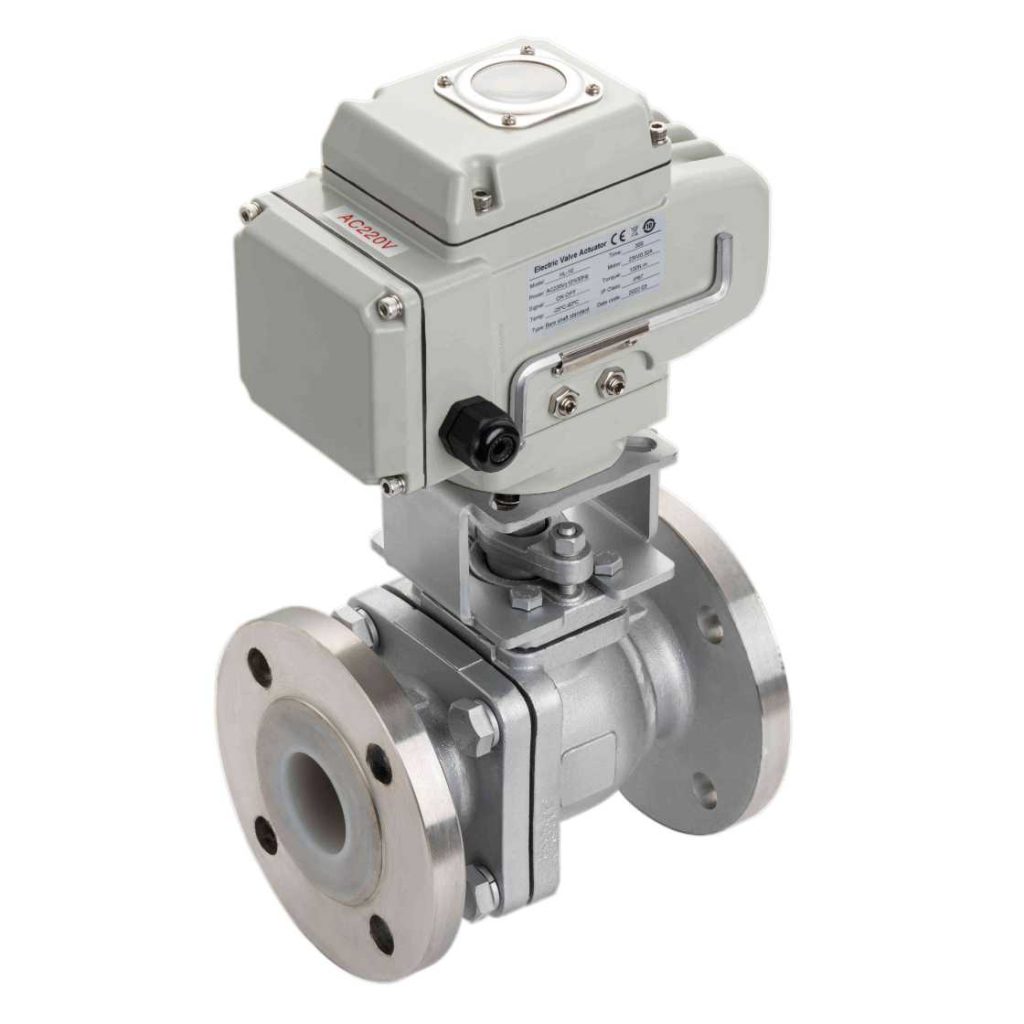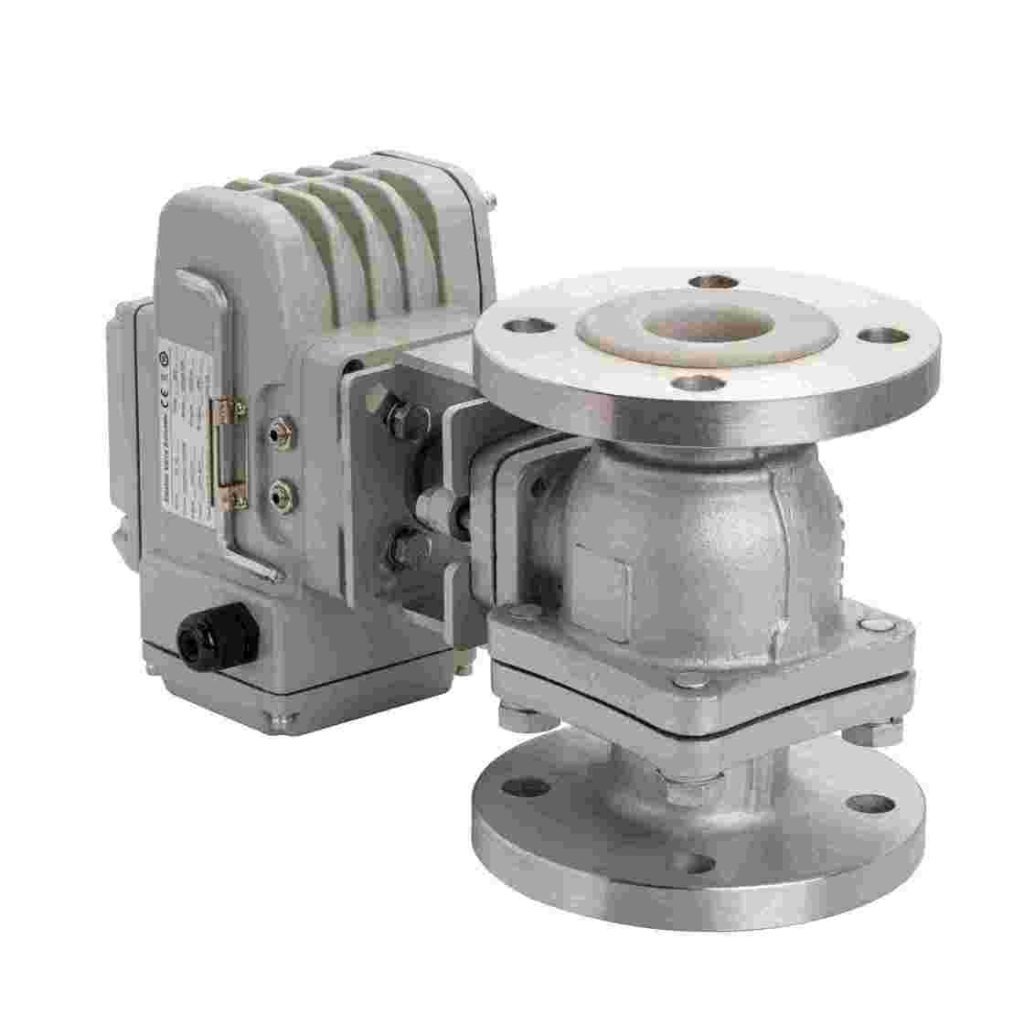The Electric Flange Ball Valve is an essential component in various industrial applications, offering a perfect blend of reliable valve technology and automation. Combining the superior sealing properties of a ball valve with the precision of electric actuation, this valve plays a pivotal role in controlling the flow of fluids and gases in many modern systems. This article delves into the structure, working principles, and applications of the Electric Flange Ball Valve, highlighting its growing significance in industries such as chemical processing, oil and gas, water treatment, and more.

Structure and Design

An Electric Flange Ball Valve consists of several key components that enable its functionality. At the heart of the valve is the ball, typically made of durable materials like stainless steel or carbon steel. This ball has a hollow core, which allows the fluid to pass through when the valve is open, or blocks the flow when closed. The ball rotates along its axis within the valve body to regulate the flow of the medium. The valve body is usually connected to pipes through flanges. These flanges ensure secure and tight connections to the pipeline, reducing the risk of leaks. The flange connection is one of the most popular methods of joining valves to pipelines due to its reliability and ease of installation.
